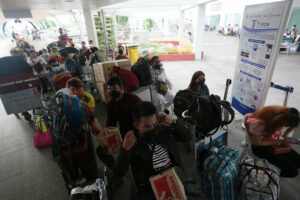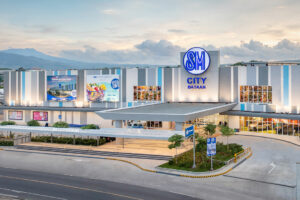Tourism chief eyes better, ‘Filipino-branded’ air and sea ports

THE DEPARTMENT of Tourism (DoT) is partnering with transport authorities for a plan to improve air and sea ports across the country, and install common elements that will give these facilities a distinct “Filipino brand.”
“The DoT envisions improving existing facilities in both airports and seaports by introducing enhancements that will make the ports more aesthetically pleasing, convenient, tourist-friendly, and most importantly, reflective of the Filipino Brand,” Tourism Secretary Maria Esperanza Christina G. Frasco said during a meeting with Transportation Secretary Jaime J. Bautista on Aug. 8.
A technical working group will be formed to assess and facilitate the plan.
The DoT recommended three pilot sites, namely: the Ninoy Aquino International Airport Terminal 2 in the capital, Davao International Airport in the south, and Cebu City Pier 1 in central Philippines.
DoT’s recommendations on integrating Filipino branding in ports include signages with a standard look; use of lighting, backdrop, and furniture that reflect the Filipino brand; and the use of interactive displays that will promote local artists and artisans.
“Aside from improving convenience to travelers and tourists, the DoT also looks at putting a ‘Filipino Brand’ to our ports, a good image of the Philippines that would remain in the memories of visitors,” Ms. Frasco said.
“While we understand that introducing major infrastructure changes to the existing airports and seaports is something that cannot be done in the short-term, in answer to the call of the President to improve the overall tourist experience, we have identified ways where we can introduce enhancements that do not necessarily entail long-term actions,” she said.
The DoT is also pushing for improved efficiency and reduced passenger waiting time through a one-stop shop for land, air, and sea connectivity with a provision for digitalized service.
The department also called for the resumption of pre-pandemic routes to reduce congestion in major ports, and at the same time recommended new local routes to meet current travel conditions and demand. — Revin Mikhael D. Ochave




